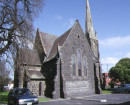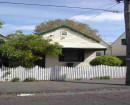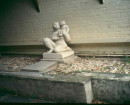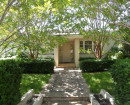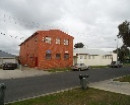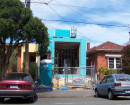Gringegalgona Soldiers Memorial Hall
GRINGEGALGONA, SOUTHERN GRAMPIANS SHIRE
-
Add to tour
You must log in to do that.
-
Share
-
Shortlist place
You must log in to do that.
- Download report


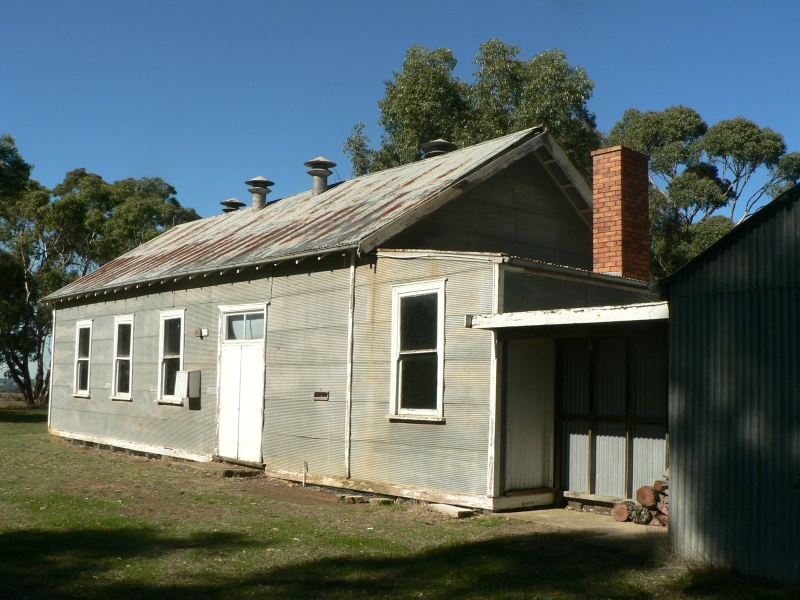
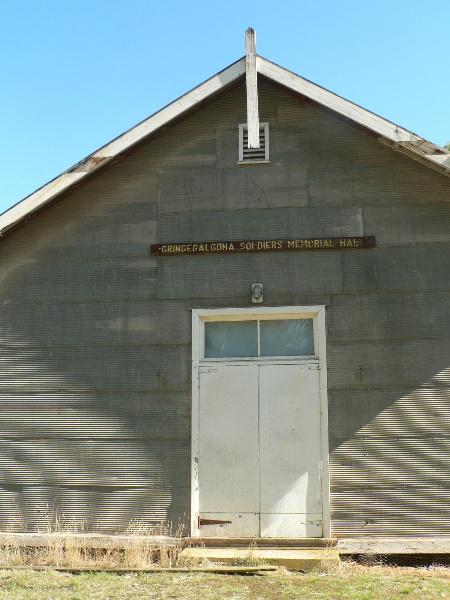
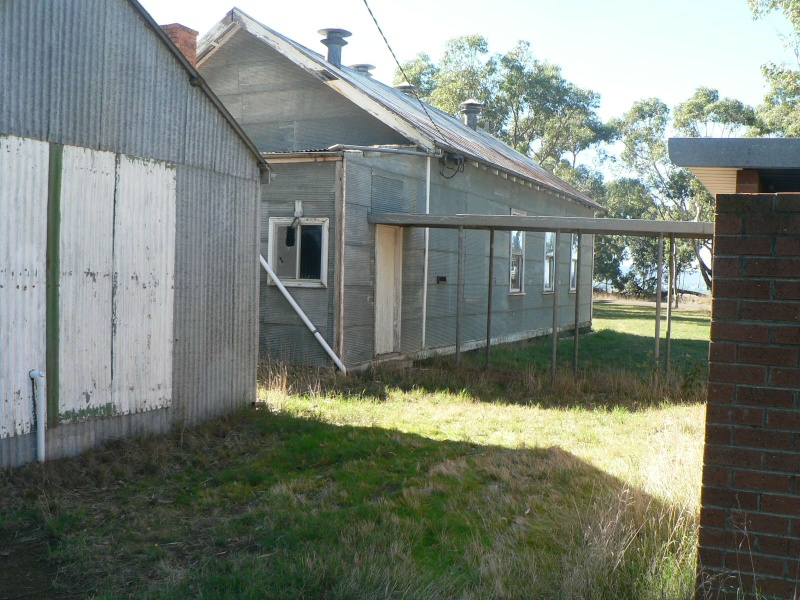
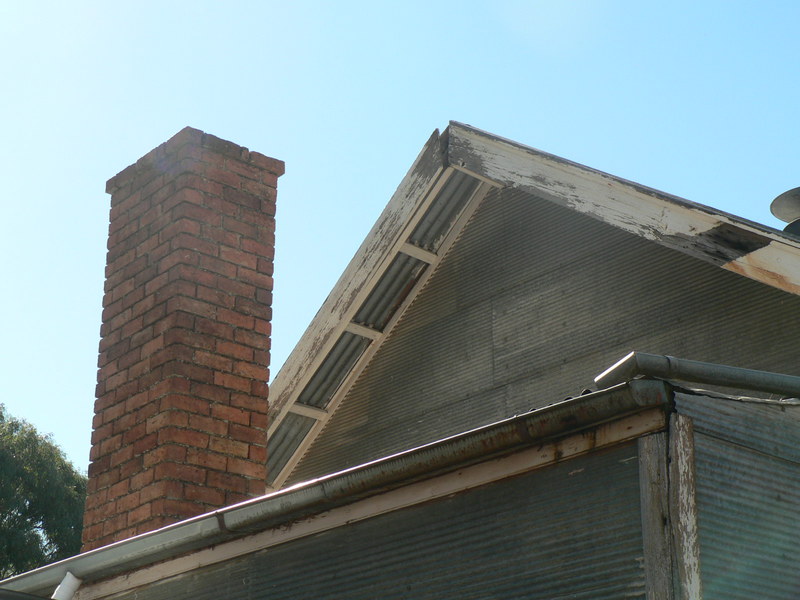
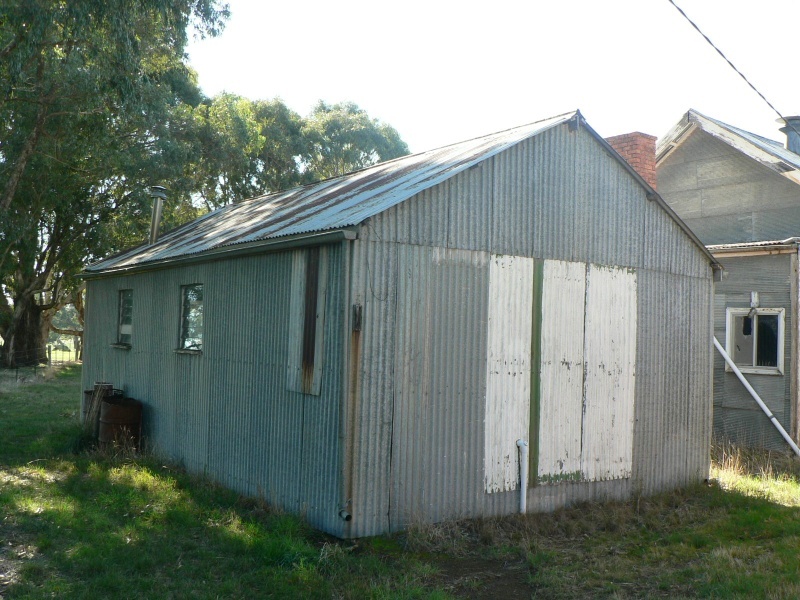
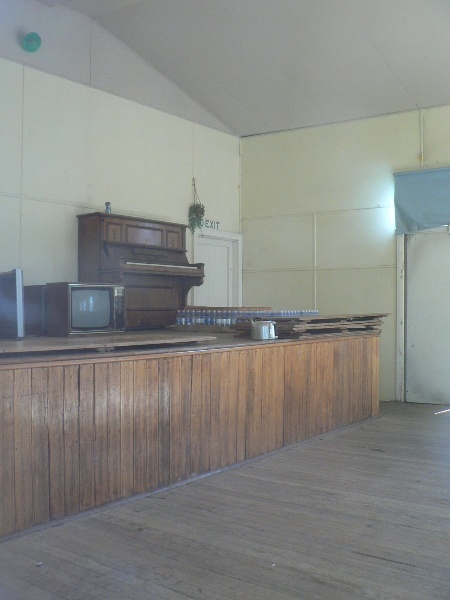
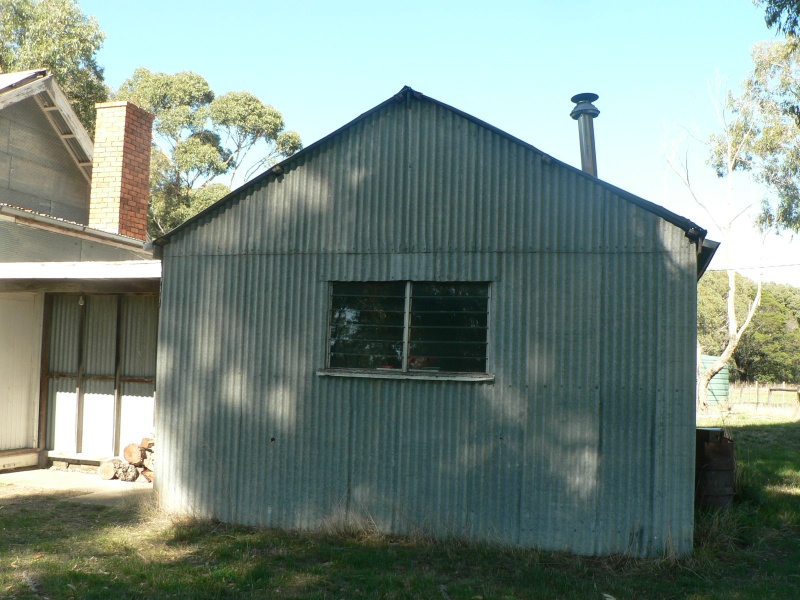
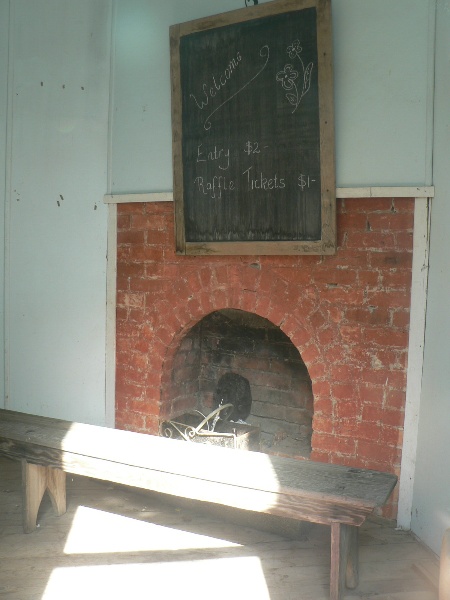
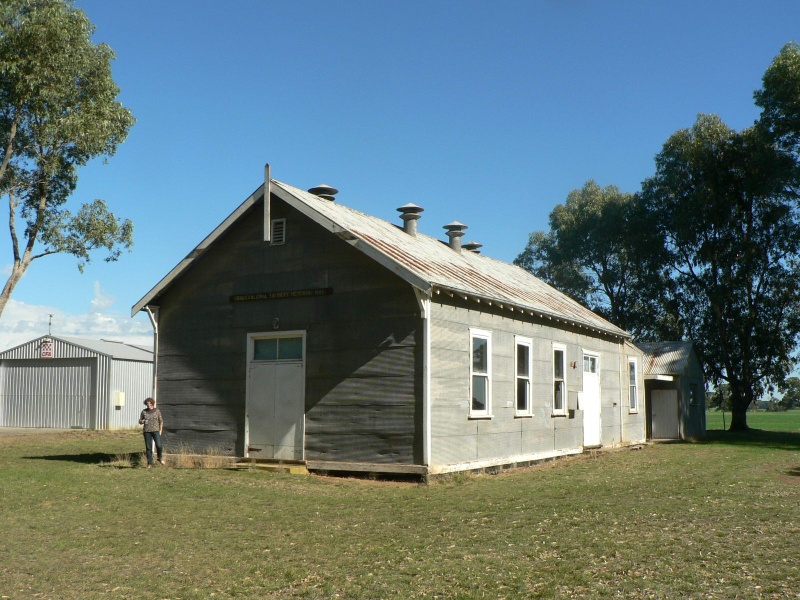
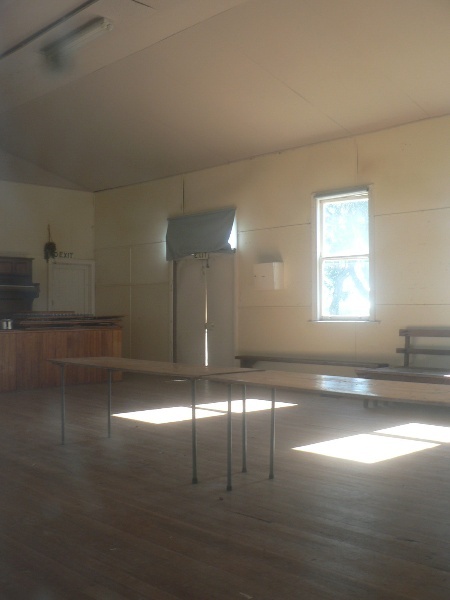
Statement of Significance
This record has minimal details. Please look to the right-hand-side bar for any further details about this record.
-
-
Veterans Description for Public
Gringegalgona Soldiers Memorial Hall - Veterans Description for Public
The Gringegalgona Soldier's Memorial Hall, is located on the west side of the Coleraine-Balmoral Road, just north of the intersection of Gringe Dip Road, was built in 1925 by the local community as a tribute and memorial to those who fought and died in World War One. The land appears to have been given by William Toleman. According to the title, the Crown sold one acre for ₤4 'as a site for a Public Hall' on 21st April 1925. The trustees were Alexander John Watt, Henry Joseph Brody, Michael J Byrne, John James Smith and William Toleman, the last three being returned soldiers. A Mr V Yuill drew up the plans, possibly Vine Yuill of Sandford who was probably related to W J Yuill another one of the returned soldiers. The builder was a Mr Burgin whose tender was ₤490.
The Soldier Settlement Board, or Closer Settlement Board, had subdivided the Gringegalgona Estate in 1920.The squatting run, famous for its wool growing capability, dated from the early 1840s. It had been owned by two families, the first led by Simon Cadden, the second by Duncan Robertson and then his son, William 'Gringe' Robertson. The former built the fine two-storey mansion in 1873. Even by the early twentieth century the run still comprised 28,000 acres of open woodland country watered by dams, tanks and waterholes, and was stocked with 25,000 merino sheep. William Robertson died in 1918. The successful soldier settler applicants for the subdivided blocks were announced in the Argus in October 1940.
Twenty-eight returned soldiers eventually settled on blocks of between 800 and 1000 acres, building homes from trees they supplied to the local sawmill, improving the pastures, growing wool and planting crops. By 1923 rabbits had appeared in unprecedented numbers, eating the country bare of feed to such an extent that the sheep numbers on many blocks were reduced to around 300, and these in a state of near starvation. Some settlers soon failed and walked off their blocks. Others sought work on the roads, cutting timber, or shearing. Notwithstanding the dire times, the first meeting about the hall was held in the home of H J Brody. Money was raised by holding sports meetings and gymkhanas. During the construction, the Argus noted 'The Gringegalgona Soldiers Memorial Hall benefited to the extent of £114/4/6 as the result of a gymkhana and £170 was raised for the hall at Pigeon Ponds in a similar way'. The hall at Gringegalgona was typical of the practical local response to the deep national grief after the death and injury of World War One.
Memorial halls were built throughout Victoria, often associated with sporting facilities such as tennis courts. Their scale varied from modest halls like that at Gringegalgona, all that could be expected from small, new and often isolated communities, through to much more formal buildings in established towns. A small number of memorial halls were multi-purpose and even lavish in the facilities provided for the returned soldiers. One of the grandest was the new municipal complex at Jeparit, also built in 1925 but costing ₤8,100, a combined effort of the local Mechanics Institute, the Returned Sailors and Soldiers Imperial League of Australia (later known as the Returned & Services League of Australia), local citizens and the Dimboola Shire Council. It was partly funded by cinema ticket sales. Interestingly, there is no mention of films being screened at the Gringegalgona hall. Perhaps the most symbolic example, however, is the memorial hall at the tiny settlement of Paschendale, near Merino in the Glenelg Shire, which was completed in 1928. The Gringegalgona Memorial Hall must be seen as the best the community could achieve in the circumstances.
It is clear that the Gringegalgona Memorial Hall fulfilled its practical objective and became a focus for community activities including through the Great Depression and another World War. It provided 'a venue for concerts, dances, church services and usual gatherings after sporting events'. Anglicans, Presbyterians, Methodists and Lutherans conducted church services at the hall including baptisms, conformations and Sunday school. The last church service to be held was in December 1960. Functions were still held regularly in the hall until the 1970s including an Annual [Melbourne] Cup luncheon and card evenings organised by Ruth Toleman. Mrs Toleman cut the ribbon at the Ball held to celebrate the arrival of electricity, first supplied by the State Electricity Commission in October 1965.The photograph taken of local dignitaries includes women wearing furs with corsages and one of the original soldier settlers, Mr J J Smith and his wife. It can be surmised that the decline in activities would be due to improved transportation and better roads, allowing easier access to Hamilton and Horsham, and the introduction of television, for which electricity was essential, in the 1960s. More recently, the hall has been used for garden club events, community barbecues and CFA meetings.
-
-
-
-
-
GRINGEGALGONA HOMESTEAD
 Victorian Heritage Register H1925
Victorian Heritage Register H1925 -
Gringegalgona Soldiers Memorial Hall
 Vic. War Heritage Inventory
Vic. War Heritage Inventory
-
-


